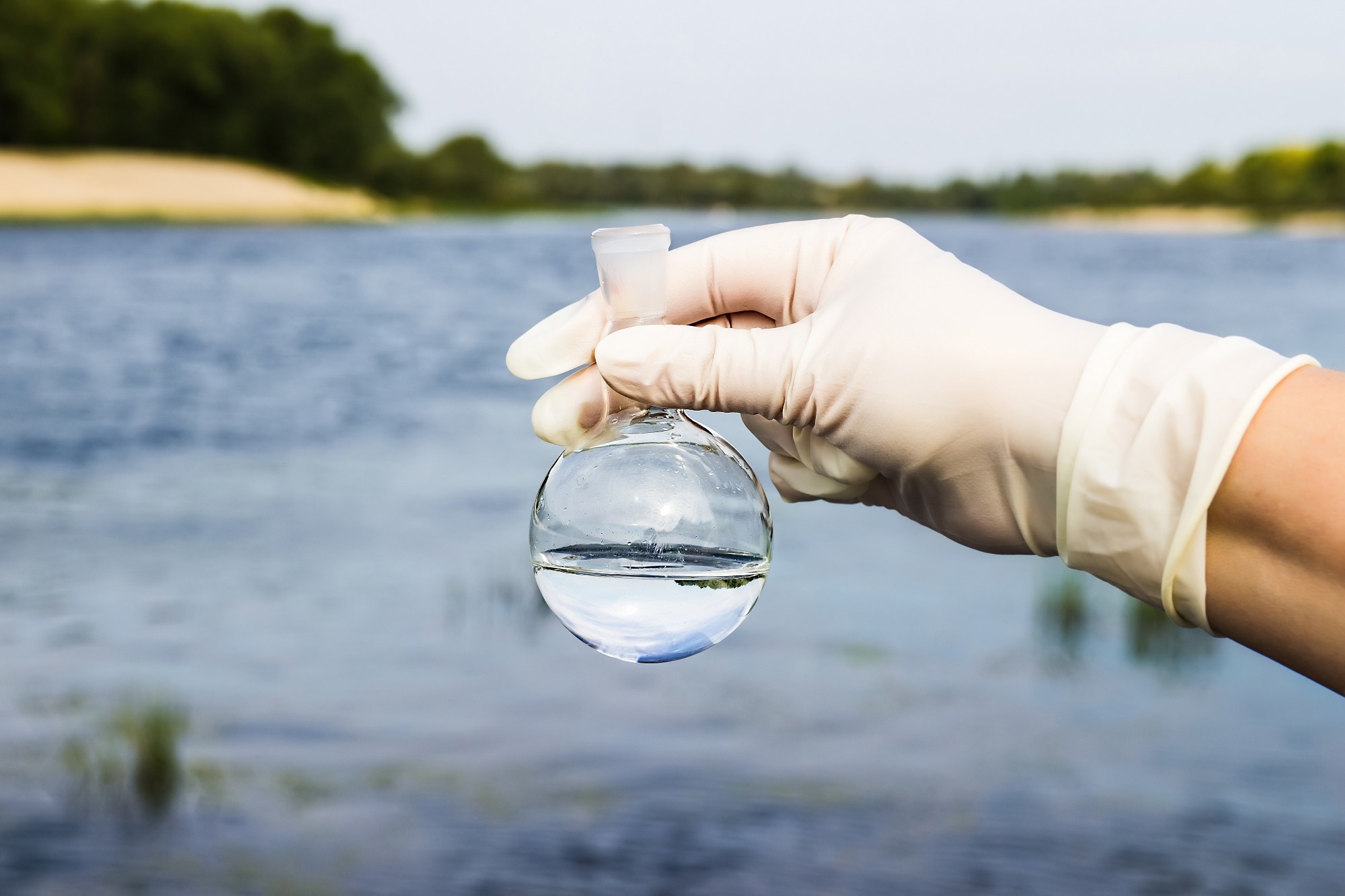In an article published in the journal PLOS ONE, researchers from New Zealand introduced an Internet of Things (IoT)-based affordable, portable, and easily deployable system for real-time monitoring of lake water quality. They aimed to assess the system's effectiveness in capturing real-time variations in key water quality parameters and its potential applications in enhancing environmental monitoring and management practices.
 Study: Real-time Monitoring of Lake Water Quality Using a Low-cost IoT System. Image credit: Mr_Mrs_Marcha/Shutterstock
Study: Real-time Monitoring of Lake Water Quality Using a Low-cost IoT System. Image credit: Mr_Mrs_Marcha/Shutterstock
Background
IoT refers to a network of interconnected devices that can communicate and share data over the internet. These devices can range from everyday objects like thermostats, lights, and appliances to complex machinery in industries. With sensors, IoT enables these devices to collect and exchange information, allowing for remote monitoring, control, and automation. This interconnectedness enhances efficiency, convenience, and productivity in various aspects of life, from smart homes and cities to industries and healthcare.
Ensuring clean and dependable water is essential for the well-being of all individuals. Water quality assessment plays a pivotal role in achieving this goal. However, many current monitoring approaches are either bulky and expensive or not suitable for field deployment, as they require the collection of samples and subsequent laboratory testing. This renders routine updates on water quality a challenging task.
Although some solutions incorporate low-cost sensors into diverse systems, they too depend on sample collection and testing procedures. Typically, these systems alert users whenever any of the monitored parameters surpass predefined thresholds. Therefore, there exists a need for a cost-effective and field-deployable water quality monitoring system.
About the Research
In the present paper, the authors designed and developed a system for measuring water quality parameters and basic physical properties of the environment. The system incorporated low-cost sensors to measure parameters such as turbidity, total dissolved solids, temperature, potential of hydrogen (pH), and dissolved oxygen. Additionally, the system included pumps for water sampling. The researchers also integrated IoT technology, solar power, and the ability for the system to float in fresh water like a small boat.
The system utilized an Arduino MKR board and an external Wi-Fi module to facilitate quick system updates and data transmission. This allowed users to receive real-time updates on their mobile devices. The hardware design of the system included a water sampling container, electronics, and a solar panel positioned on top. The container was responsible for collecting water samples for analysis, while the electronics and solar panel provided power and enabled data collection.
The software architecture of the system was developed incrementally, aiming to integrate the various components into a cohesive whole. This approach ensured that the system functions smoothly and efficiently. By developing the software architecture incrementally, the researchers were able to address any issues or challenges that arose during the development process.
The system was evaluated by deploying it in three different bodies of water including Lucas Creek, Lake Albany, and Lake Pupuke over three weeks, specifically during the seasonal transition from autumn to winter. This assessment allowed the study to gather data on water quality parameters and assess the system's performance. The collected data was stored locally on a micro-SD card and could be viewed on a mobile device when in proximity to the system.
Research Findings
The outcomes showed that Lucas Creek exhibited the highest turbidity level compared to the other two sites, whereas Lake Pupuke displayed a lower turbidity level, indicating clearer water. The data collected over three weeks provided valuable insights into water quality parameters. Furthermore, the results underscored the effectiveness of the low-cost IoT-based system in monitoring and assessing water quality. The system offered valuable insights into measured parameters such as turbidity, total dissolved solids, temperature, pH, and dissolved oxygen, emphasizing the importance of regular water quality assessment.
The developed water quality monitoring system holds various applications, facilitating regular assessment of water quality in lakes, rivers, and other bodies of water. Its portability and affordability enable field deployment, providing real-time updates on water quality parameters for environmental agencies, researchers, and water management authorities.
This reliable and efficient system alleviates the burden of traditional monitoring methods by integrating advanced sensor technologies and real-time data analysis capabilities. It enables continuous monitoring without the constraints of sample collection and laboratory testing, facilitating prompt identification and resolution of water quality issues. Moreover, its deployment in diverse settings, including remote or resource-limited areas, enhances accessibility to clean and safe water resources, thus ensuring public health and environmental integrity.
Conclusion
In summary, the novel method for lake water quality monitoring proved to be robust and offered a practical solution for regular water quality assessment. The system's affordability, portability, and ability to provide real-time updates made it a valuable tool for environmental monitoring. Moving forward, further research and implementation of such IoT systems held promise for enhancing water quality monitoring practices, promoting sustainable water management strategies, and safeguarding freshwater ecosystems for future generations.
The researchers acknowledged limitations and challenges, including the need for improved sensor accuracy and calibration, potential interferences affecting data quality, and the requirement for enhanced data analysis techniques. For future work, they recommended conducting long-term studies, integrating additional sensors, developing advanced algorithms for data processing, collaborating with stakeholders for broader implementation, and exploring predictive modeling techniques for proactive water quality monitoring.